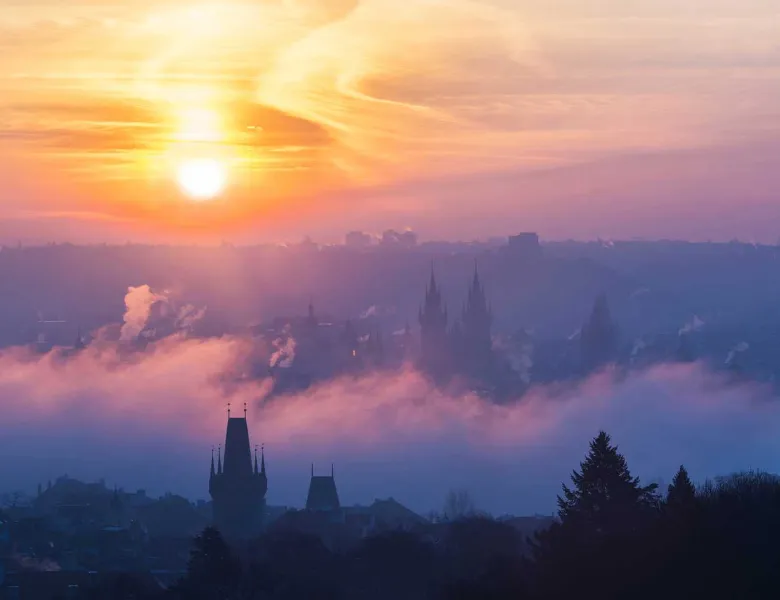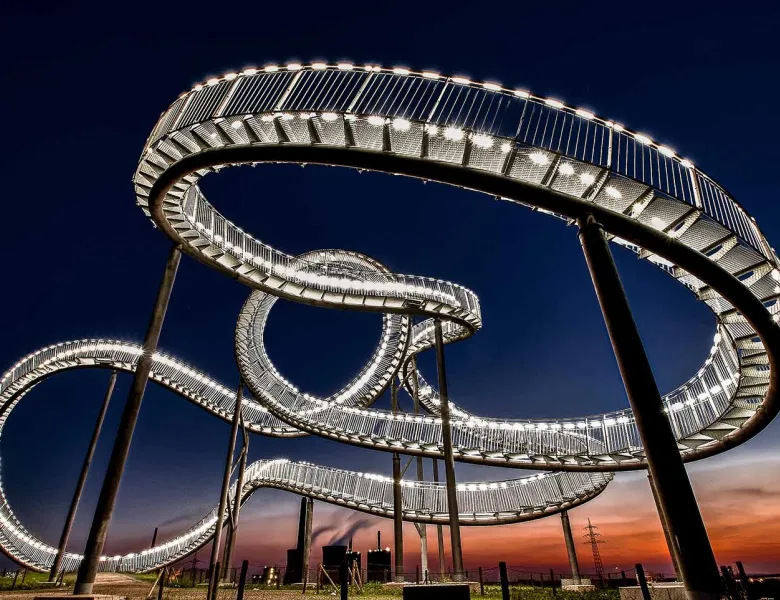The Red Road Project by Carlotta Cardana, The Fence
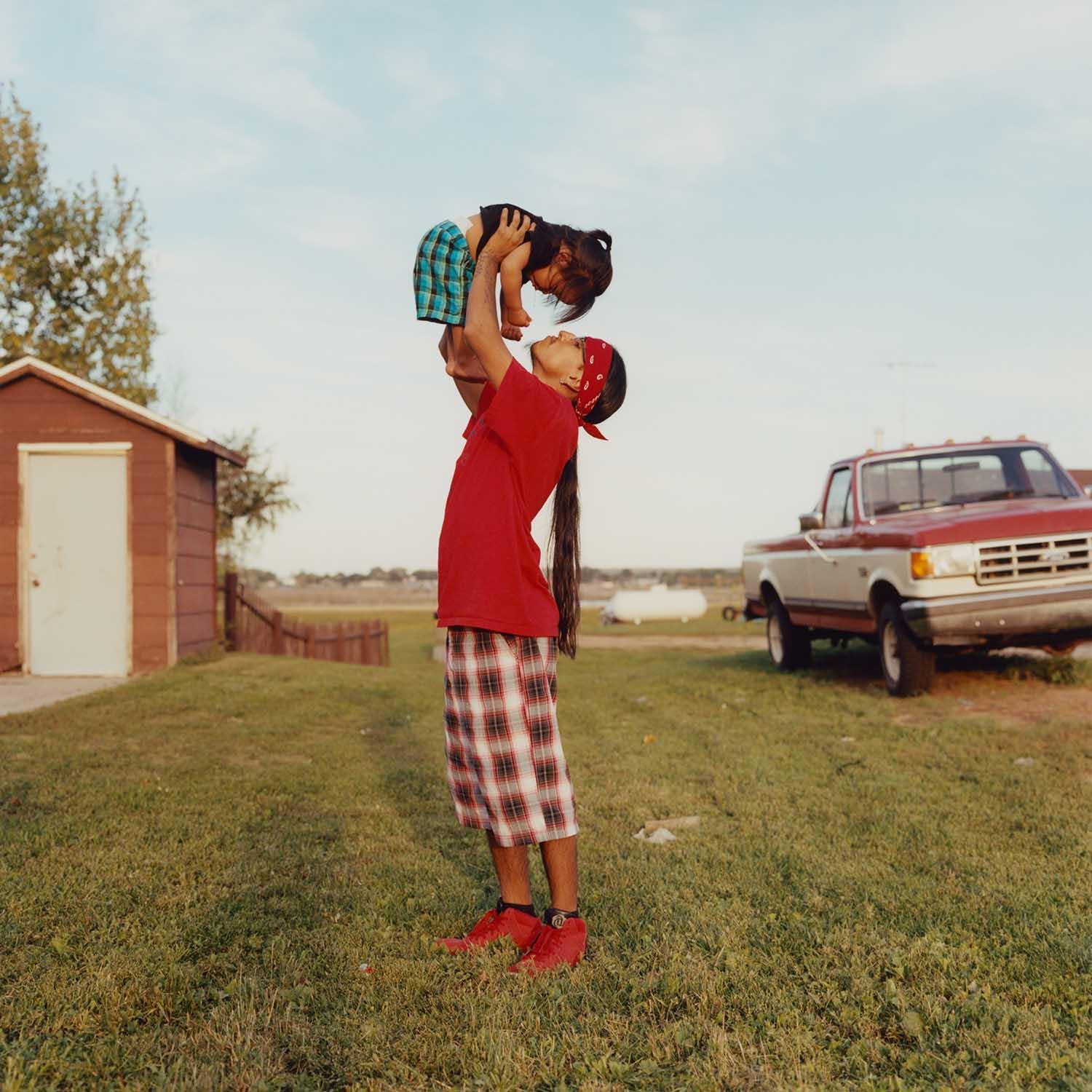
This blog is part of a series of exclusive interviews with the winners of The Fence 2016. The Fence is an large-scale outdoor photography installation exhibited in multiple major cities across the USA. Each year, photographers of all levels are invited to submit work that fits under one or more thematic categories. The Fence was conceived by United Photo Industries and Photo District News in 2011.
---
Carlotta Cardana is an Italian portrait and documentary photographer based in London. She took on photography while working as a producer in a circus academy and eventually moved first to Argentina and then to Mexico City, where she started freelancing as an editorial and commercial photographer. Her recent personal work explores the issues of belonging and community, whether among young Italians living abroad, couples from the Mod subculture or modern American Indians.
Her approach to portraiture privileges the subject’s experience and stresses the relationship between people and their environment. In 2013, she was named “Discovery of the Year” at the Lucie Awards. She was also among the winners of the New York Photo Awards, the PDN Photo Annual, the Exposure Awards and the Association of Photographers Open Awards. She was shortlisted for the 2014 Sony World Photography Awards.
Hi Carlotta. You explain that ‘The Red Road’ “explores not only the hardships of the culture, but aims to highlight tribal members that are rising above to be role models to their people.” How did you set about trying to capture this on camera? Where did the inspiration for the project come from?
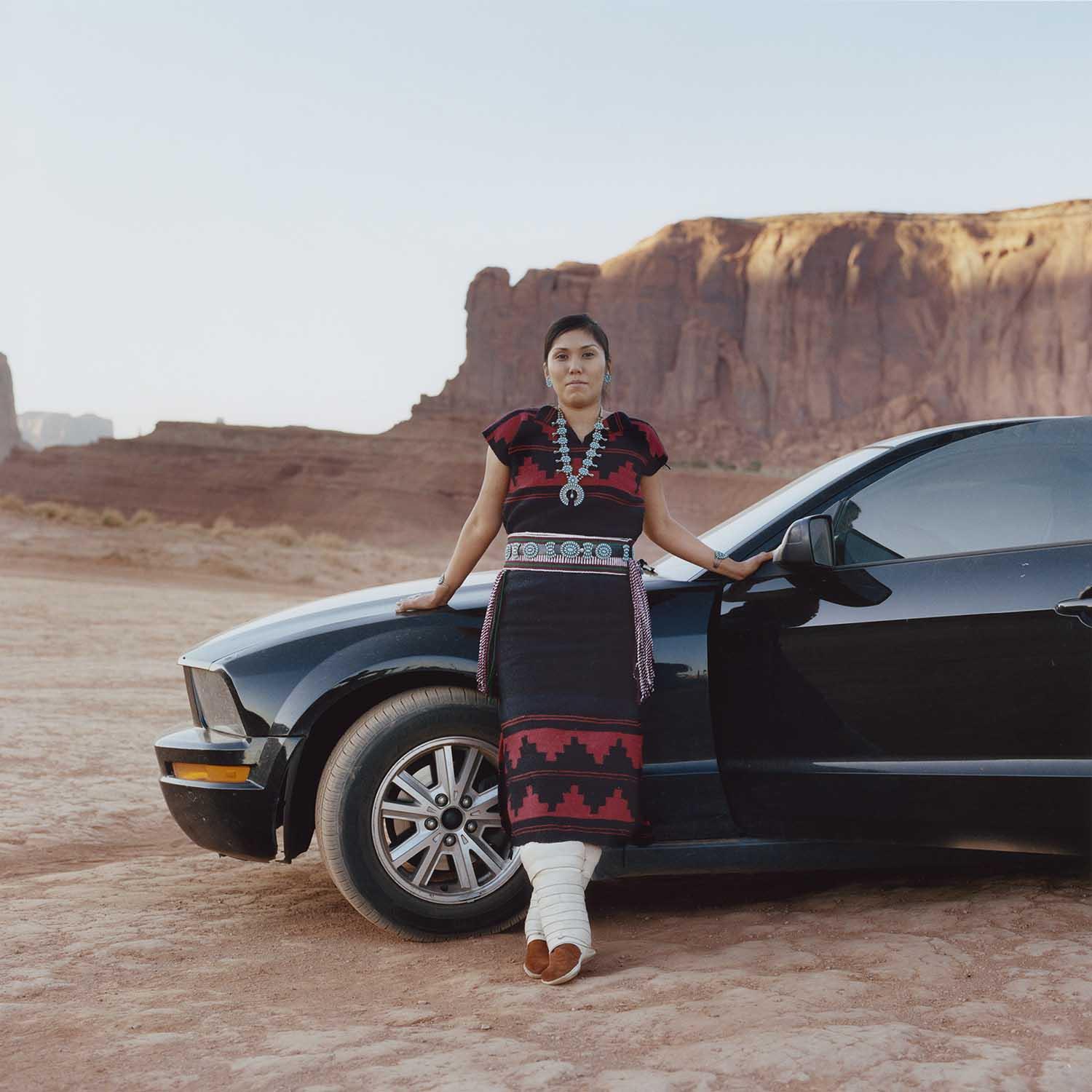
Were you welcomed into these communities? How did you gain access?
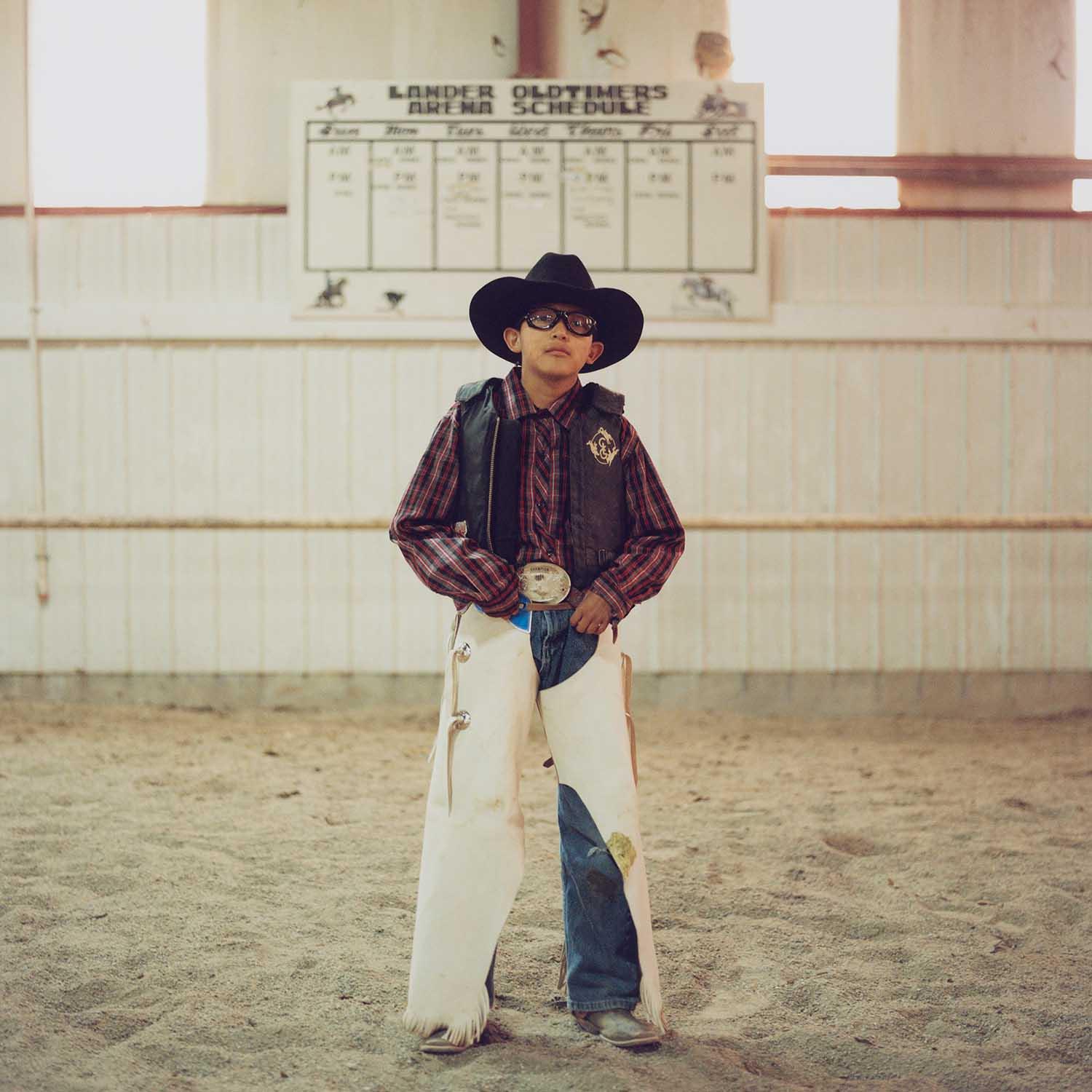
Your work often explores people and communities. Why are you drawn to these themes?
The thing I enjoy the most about photography is that it allows me to create connections with strangers. I am a very curious person, I’m interested in other people’s stories, in learning about other cultures, I find it very enriching.
In your eyes, what makes a great portrait?
I think a great portrait is the one that moves you, and that makes you feel something. It doesn’t matter whether the feeling is about the person portrayed, or about the person photographing, the important thing is that something is brought up within the viewer.
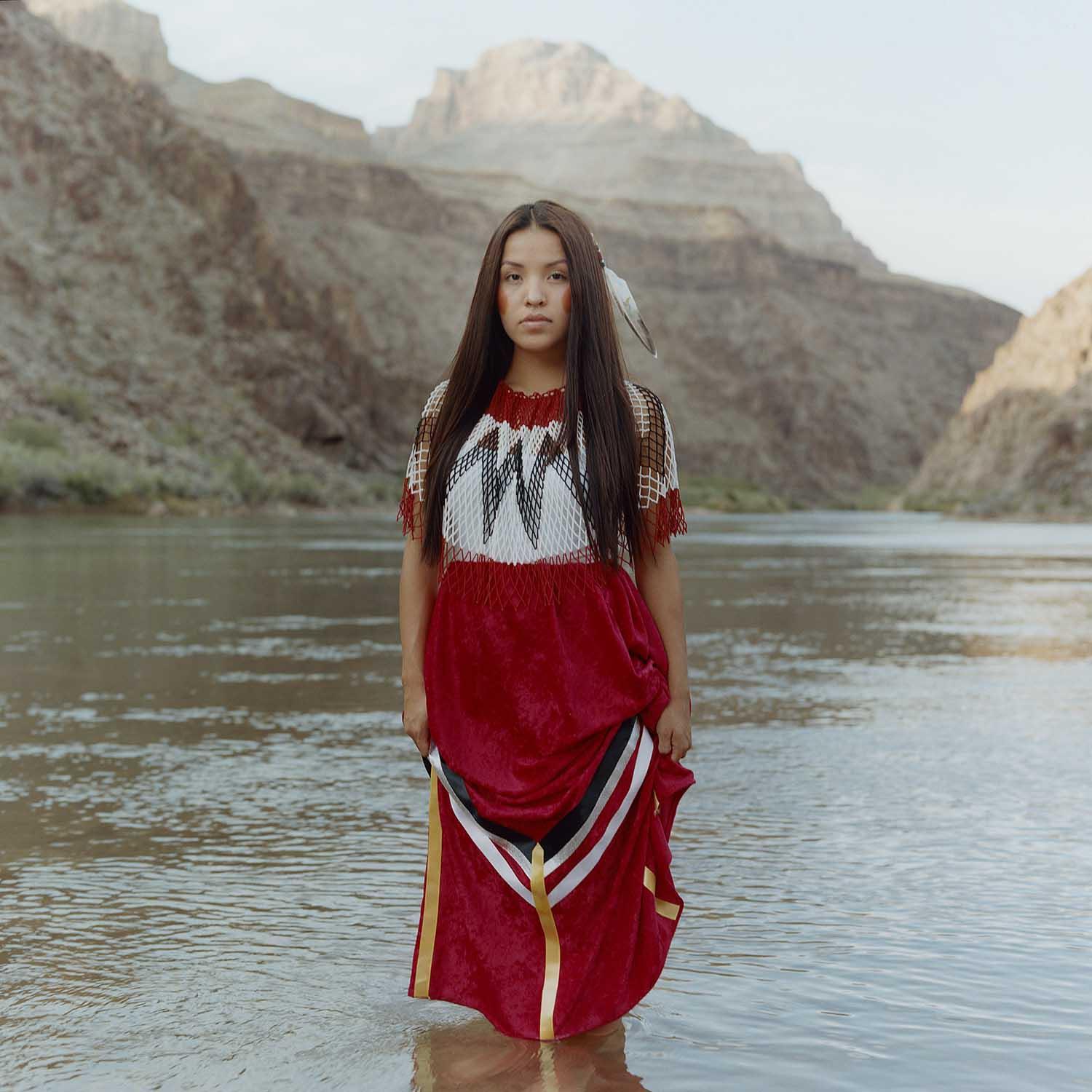
Do you have a photographic philosophy?
Lately I’ve started to approach photography as a sort of meditation practice, because I’ve realised that the magic of photography can only happen if I’m in a specific state of mind. Also, I use photography as a tool to explore and learn about the world, so I find that certain eastern practices/philosophies can be very useful in teaching you how to experience what surrounds you and how to relate to other people. A photograph for me symbolises the end of an exchange process between who/what I am photographing and myself. As a photographer, I feel it’s very important to be able to give something back, and I don’t mean it in a materialistic way (money, a print, whatever….
Where in the world are you and what’s next for you?
I am currently in London, which is where I live, getting ready for my next trip to the U.S. to continue the project. Danielle and I will be traveling across California in late November/early December, so I’m in the process of figuring out where to go/who to meet…. exciting times!
carlottacardana.com
fence.photoville.com






